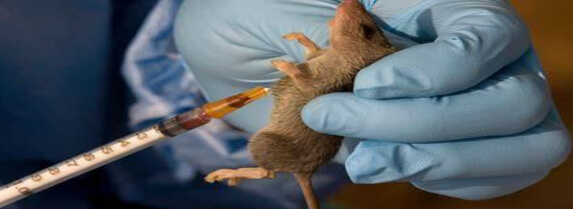The Nigeria Centre for Disease Control and Prevention (NCDC) recently confirmed that 22 states of the federation recorded 109 deaths from Lassa fever in January 2023 alone. The NCDC via its official website said the infections were recorded in 89 Local Government Areas (LGAs).
Lassa fever is an acute viral hemorrhagic fever caused by the Lassa virus. The natural reservoir for the virus is the Mastomys natalensis rodent, commonly known as the multimammate rat or the African rat.
The 22 affected states include Adamawa, Anambra, Bauchi, Bayelsa, Benue, Cross River, Ebonyi, Edo, Delta, Enugu, FCT, Gombe, Imo, Jigawa, Kano, Kogi, Nasarawa, Niger, Ondo, Oyo, Plateau and Taraba.
The country also registered 676 cases of Lassa fever in nine weeks. “Between 27 February and 5 March, 40 cases and five deaths were recorded in five states and 16 LGAs. The states are: Bauchi has five; Ebonyi –three; Edo -16; Ondo -11 and Taraba – five.
Five deaths were recorded: one in Bauchi; two in Ebonyi and two in Ondo. 72 per cent of Lassa fever cases in Nigeria were reported from Bauchi, Edo and Ondo while 28 per cent from two states. “Out of the 72 per cent, Bauchi 10, Edo 29 and Ondo has 33, the NCDC said.
Cumulatively, from week one to nine, 109 deaths were reported with a case fatality rate (CFR) of 16.1 per cent, lower than the CFR for the same period in 2022 (18.6).
Predominant age group affected was between 21 and 30 years while the male-to-female ratio for cases was 1:0.8. “The number of suspected cases increased compared to the same period reported in 2022. One new healthcare worker was affected in the reporting week nine,” it said. The NCDC also said that the national Lassa fever multi-partner, multi-sectoral Emergency Operations Centre had been activated to coordinate response activities.
Other rodents can also be carriers of the virus. The virus spreads through direct contact with urine, fasces, saliva or blood of infected rats, contact with objects, household items and surfaces contaminated with the urine, fasces, saliva, or blood of infected rats. It can also be spread by consuming food or water contaminated with the urine, fasces, saliva or blood of infected rats. Person-to-person transmission can also occur through contact with blood, urine, fasces, vomits and other body fluids of an infected person.




